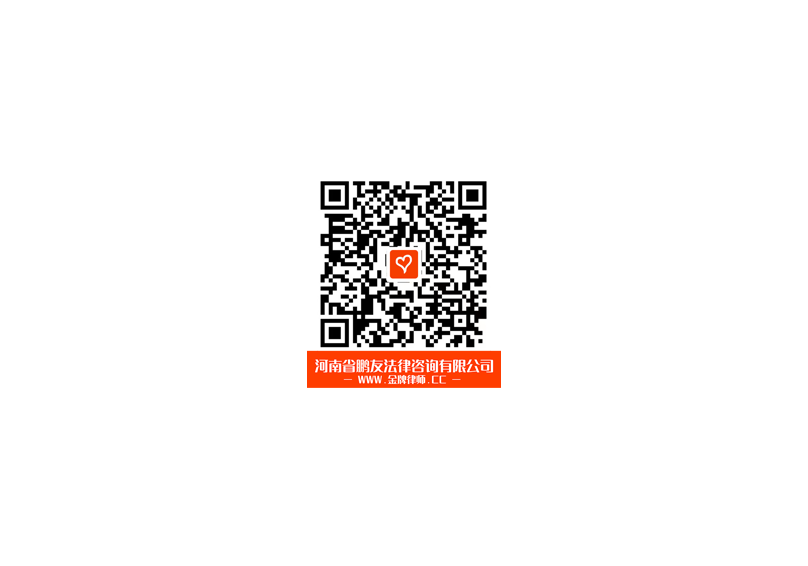Content
- An Integrated Social Accounting Model for Nonprofit Organizations
- Please Sign in to set this content as a favorite.
- Emotional bookkeeping versus fixed attitude model
- Internal Sales Accounting Model
- 3. reversing entries – the optional first step in the next accounting period
- 5 Liquidation basis accounting model
- Title:Energy-based Accounting Model for Heterogeneous Supercomputers
Then we compare the dynamic attitude model to the fixed attitude model (symmetry-based model), in which LIKE attitudes are also used to choose affiliation partners, but where LIKE attitudes are fixed, symmetric and strictly dependent on rank-distance. This figure shows the dyadic behavioural rates of a group at different settings of selectivity (LPS) in the fixed attitude model. For more details on the specific behaviours and how they were measured see caption of Fig. Besides anxiety and satisfaction, which are influenced by behaviour but are independent of the interaction partner, we also provided each model animal with partner-specific emotional attitudes, i.e.
Averaged over the whole group of similar-ranking dyads these values decrease, while they still increase for those few dyads that mutually prefer each other most (see also Fig. 2 and Figure F3 in S1 Supplementary Material). In a modified version of the GrooFiWorld model, FriendsWorld [89], group members with whom an individual engages most in grooming (top quartile) have been defined as “friends” and model individuals preferably approach such “friends”. However, preference for grooming or grooming partner choice is not affected by these “friendships”. Similarly to the EMO-model, preferred proximity to “friends” in FriendsWorld shapes the spatial structure of the group and in this way reinforces grooming reciprocity. Whether this model yields partner-specific grooming reciprocity or whether reciprocity is derivable from dominance relations is not presented.
An Integrated Social Accounting Model for Nonprofit Organizations
In our model, anxiety level, i.e. an individual’s general ‘fearfulness’ in response to negative stimuli within the current social environment, was scaled between 0 (not anxious) and 1 (highly anxious). The extent of anxiety change depends on the emotional salience of the stimulus (Table T3 in S2 Supplementary Material). High anxiety levels generally result in increased probabilities of affiliation and submission and decreased probabilities of aggression. The individuals’ levels of arousal, anxiety and satisfaction, the dyadic proximity scores and the levels of dyadic LIKE attitudes were sampled every 3.5 DAYS and then averaged (per individual or dyad, respectively) over one YEAR for each simulation run.
In February 2022, Shift and the Capitals Coalition held two multi-stakeholders consultations bringing together representatives from companies, leading living wage initiatives, and accounting experts to refine the proposition of the accounting model. Building on the earlier discussions and extensive bilateral conversations, the consultations focused on workable disclosures to report progress towards paying living wages. The take-aways document summarizes the key points of discussion law firm bookkeeping and reflections. Shift and the Capitals Coalition have joined forces to develop an accounting model that companies can use to measure and report publicly on progress towards living wages across their workforces and supply chains over time. For companies, it must help show the value both to society and to the business of living wages. For regulators, it must be capable of integration into accounting and reporting standards, as part of the developments in sustainability disclosures.
Please Sign in to set this content as a favorite.
The number or duration of dyadic behaviours was recorded per dyad per behaviour over each recording interval of 3.5 DAYS and then divided by the duration of the recording interval to obtain average hourly behavioural rates. Potential interaction partners are the 10 nearest recognizable individuals (within MAX_DIST and ego’s current view angle). The potential behavioural probabilities towards these 10 (or less) individuals depend on ego’s emotional attitudes (FEAR and LIKE) assigned to those individuals and ego’s general emotional state (arousal, anxiety, satisfaction). One behaviour towards one specific interaction partner is chosen randomly according to these probabilities.
- A cognitively simple mechanism may suffice to generate reciprocation at a group level when there is a persistent pattern in spatial proximity among the group members [41].
- The number or duration of dyadic behaviours was recorded per dyad per behaviour over each recording interval of 3.5 DAYS and then divided by the duration of the recording interval to obtain average hourly behavioural rates.
- This is essential to rebuild economies that advance human dignity and equality – our social and human capital – across the world.
- Individuals are able to perceive (or know) the dominance strength of other group members and perception of a group member elicits ego’s internal valuation of this group member, i.e. its FEAR and LIKE attitude that are assigned to this specific individual.
- Arousal level was scaled between 0 (inactive) and 1 (highly stimulated), with 0.09 being the baseline level (DEF_AR_LIMIT).
- LIKE attitudes may have values ranging from 0.0 (neutrally valued affiliation partner) to +1.0 (highly valued affiliation partner).
- Although variation in relationship quality is overwhelmingly present in primate groups, researchers disagree whether primates themselves regulate their behaviour on the basis of relationship quality.
In a control model, the fixed attitude model, the feedback regulation between affiliation and LIKE attitudes is absent and LIKE attitudes are fixed, i.e. they depend on similarity of dominance and are not affected by behaviour. Besides studying the time course of affiliative behaviour in specific dyads in a group, another suggestion for future research concerns the role of partner choice. In our dynamic LIKE attitude model the LPS parameter controls the degree of selectivity to choose a LIKEd partner. In line with Tiddi et al. [50], our modelling study also suggests to investigate the combined role of partner choice and temporal pattern of affiliative events in the emergence of reciprocity. This figure shows the standard deviation (SD) over the behavioural rates of dyads with the same rank-distance in the dynamic attitude model (black boxplots) and the fixed attitude model (grey boxplots). SD was calculated over all dyads of the same rank-distance based on the behavioural matrices averaged over one YEAR, and then averaged over all rank-distances.
Emotional bookkeeping versus fixed attitude model
Individuals within PERS_DIST (5m) can receive (affiliative, submissive or aggressive) signals. Individuals within MAX_DIST (50m) can be approached and individuals within PERS_DIST (5m) can be avoided. We are also liaising with other initiatives that take an accounting lens to the question of living wages, notably Harvard Business School’s Impact Weighted Accounting Initiative, and the OECD’s Business for Inclusive Growth (B4IG) initiative on living wages. While each takes a distinct approach to our own project, we will focus on shared learning, complementarity and added value, distinguishing between value to workers, value to companies and value to society.
This information is made available to the management and investors, making it the foundation for purposefully controlling the company, and to authorities to comply with legal requirements. The costs of internal sales must be separated from all other cost, including the costs of external sales. Combining the costs of internal sales with costs of external sales could lead to misinterpretation of fund balances by auditors resulting in the recharge center activity having to refund profits on external sales to the sponsor. But FASB member and vice chair James Kroeker said he struggles with the objective behind the dual model that he sees as shifting the complexity away from software companies to all companies. “I’d rather, for those where traditional software is core to their activities, have the discussion around, ‘Hey, can we improve your accounting?
Ego checks whether any individuals towards which it directs a (high) FEAR attitude (i.e. higher-ranking group members) are now (or still) nearer than 5m (PERS_DIST), as this has consequences for the level that ego’s arousal will approach over time (myAROUSAL_LIMIT). Additionally, other individuals who direct (high) FEAR attitudes towards ego are updated on ego’s new spatial location, which may in turn affect the level of their arousal. Interactions are implemented identically as described in the introductory paper on the EMO-model [56]. Social interactions in our model can be categorized as affiliative, submissive and aggressive behaviours. Affiliation comprises grooming, affiliative signalling and approaching; submission comprises leaving, submissive signalling and avoiding; and aggression comprises attacking and aggressive signalling.
The two latter criteria are used by ego to decide whether grouping behaviour should be executed. Individuals can also perceive aggressive, submissive and affiliative signals directed at them by others from within 5m (PERS_DIST). We calculated the correlation coefficients per simulation run and then averaged them over all runs using a Fisher-z-transformation.
3. reversing entries – the optional first step in the next accounting period
With that formal foundation it is argued that the accounting model is capable to simulate financial dynamics as well as be integrated with models that express operational and world dynamics. Thus we prove that it is possible to design and build a dynamic business model that can meet requirements of management accounting (ex ante, before the fact) as well as financial accounting (ex post, after the fact). We conclude that the dynamic accounting model can be made relevant for strategic planning and control purposes and be integrated within a System Dynamics model designed for such purposes. At increased LPS, the Shannon index of aggressive behavioural frequencies was only slightly decreased (see black box-plots in Figure F2 in S1 Supplementary Material). Hence, at increased LPS, individuals restricted their aggressive behaviours to slightly fewer group members than at lower LPS, due to their restricted encounters with group members.
鹏友法律咨询|版权所有
发表评论
电子邮件地址不会被公开。 必填项已用*标注



